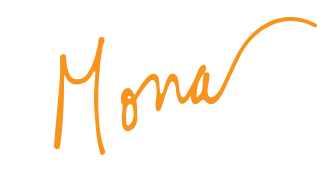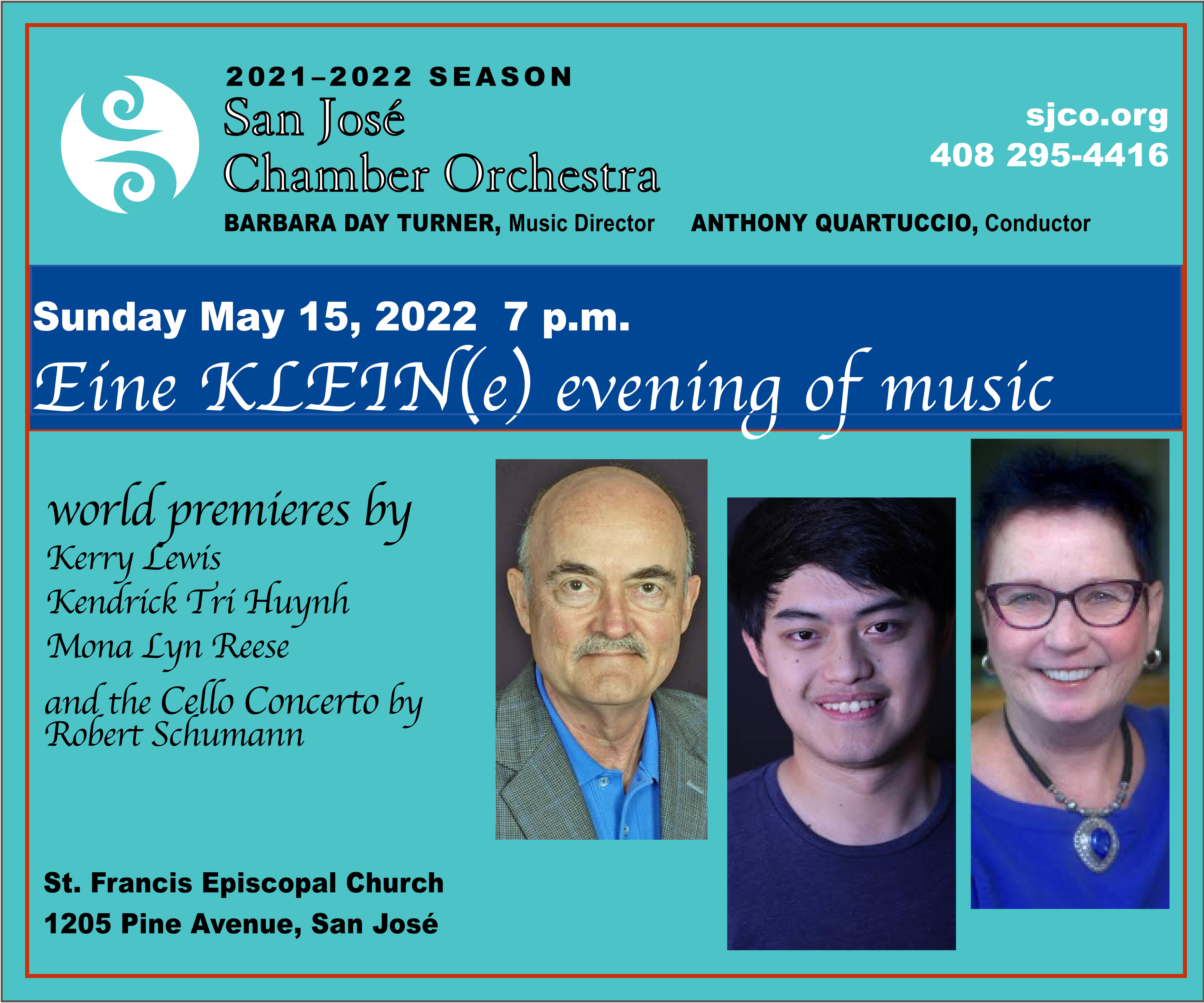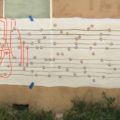The last time I wrote about Indian music, I described how Indian musicians create melody and improvise on it. Indian music is improvised, both melody and rhythm. For a composer like me, who writes everything, even the smallest detail, abandoning decades of excruciating non-improvising, is a huge step. My goal for the Gayatri Mantra, the song I’m writing for the heroine in my new opera, The Marriage Bureau for Rich People, was to combine Western and Indian music. What will work? I know that my opera singer will expect everything written down and so will the conductor. When I think of Indian music, what do I think of? What sound comes to mind. Of course, the tabla. So easy to say, and so hard to make it happen.
I’ve complained about writing for a drumkit in the past. I mean, you really can’t do it. You can pretend you do, but you can only sketch out what you mean and let the drummer do his thing. Does this mean I can just find some tabla player and say “Go”? Nope. You can produce hundreds of sounds on a tabla, each one has a name and a method for producing the sound. These sounds are represented by a bol, the Indian system of mnemonics. The Indian system of rhythm is called Tal. Each Tal has a name and a specific number of beats, a bit like the grooves Western musicians use. The musician decides which one to use based on the style of the music and the desired effect. I struggled mightily. I wanted to choose the Tal myself, but could only guess at the end result.
Fortunately for me, I’d recently met the wonderful Ashwin Batish of Sitar Power. He lives just down the highway from me in Santa Cruz. Ashwin helped me a lot. I emailed questions and music, he’d show me what I did wrong and how to put it right. In one of his emails he said: The notation you sent is NOT how anything is written in this cycle, there will be a red flag raised. After a few more tries, I settled on a classical Tal, Tintal. This is one of the oldest and most fundamental rhythm cycles.
Here’s an example of Tintal, which is the cycle Ashwin suggested I use in Gayatri Mantra.
 When I write this now, several months after finishing the piece, it sounds so easy and straight-forward. Seriously? It was not easy, and I broke my head over it for weeks and weeks. It was worth it! Here’s how it sounds: Gayatri Mantra; Giver of Life, Remover of Sorrow
When I write this now, several months after finishing the piece, it sounds so easy and straight-forward. Seriously? It was not easy, and I broke my head over it for weeks and weeks. It was worth it! Here’s how it sounds: Gayatri Mantra; Giver of Life, Remover of Sorrow







No comments yet.